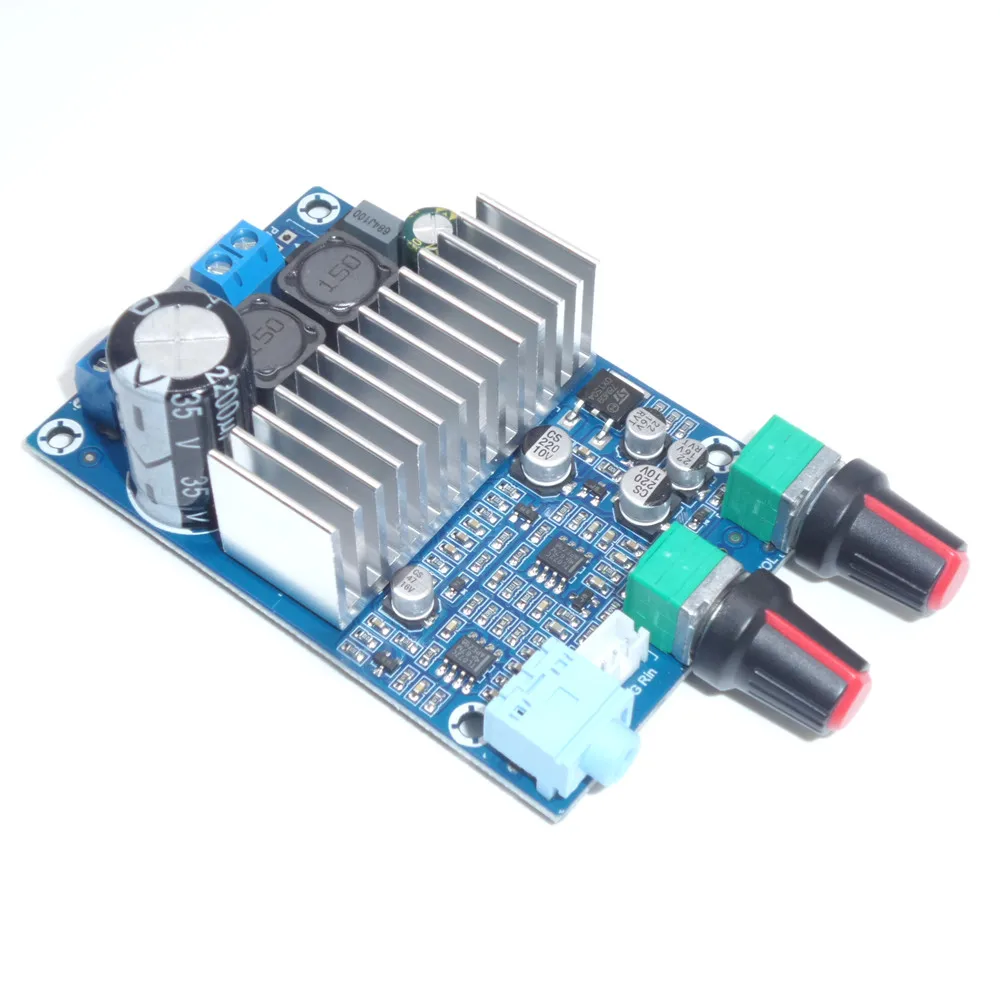TellMeWhy
Active Member
Hi all. I have a Canton Plus C passive subwoofer that is designed to be only used with dedicated Plus S satellites. The crossover is wired internally with a 120hz crossover (would like to change that to 80hz) and results in a 4 ohm load when the sats are connected. I would like to be able to use the sub without the satellites! The sub has 2 voice coils of 2 ohms each, normally wired in parralel but possible to wired in series for a normal 4 ohm load. Then the sub is wired in series with the sats to give the 4 ohm total (or something like that!)
My options are:
1- Disconnect the dividing network and run the series wired woofer directly to an amp, after having instered a line level frequency divider on the phono cable such as: https://goo.gl/GUZRYl
Are these line level filters any good?
2- Insert an 80hz 4 ohm passive crossover before the speaker
3- Re-route the crossover to bypass the sats output HPF section. See pic of similar crossover with some wires removed below!
I have plenty of amps to drive it with!
If I were to bridge the inputs as shown in order to run the voice coils in series would the sats HPF have any bad effect on the sound, or would I have a reasonable usable sub with a 4 ohm load?
Any ideas?
Cheers,
Jon



My options are:
1- Disconnect the dividing network and run the series wired woofer directly to an amp, after having instered a line level frequency divider on the phono cable such as: https://goo.gl/GUZRYl
Are these line level filters any good?
2- Insert an 80hz 4 ohm passive crossover before the speaker
3- Re-route the crossover to bypass the sats output HPF section. See pic of similar crossover with some wires removed below!
I have plenty of amps to drive it with!
If I were to bridge the inputs as shown in order to run the voice coils in series would the sats HPF have any bad effect on the sound, or would I have a reasonable usable sub with a 4 ohm load?
Any ideas?
Cheers,
Jon



Attachments
Last edited:




